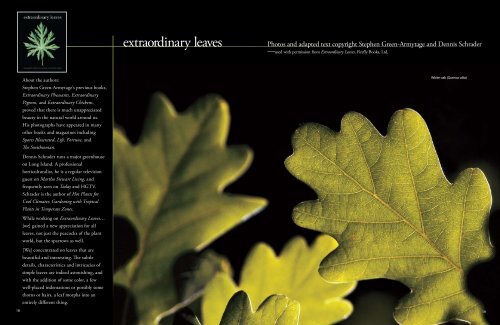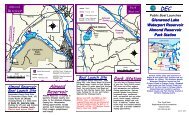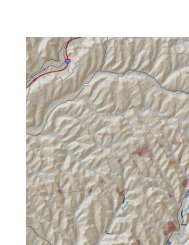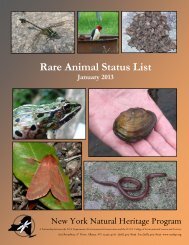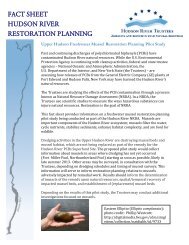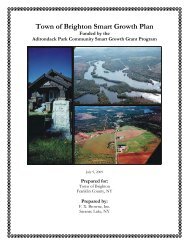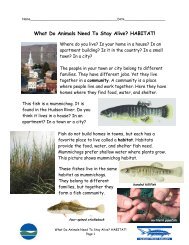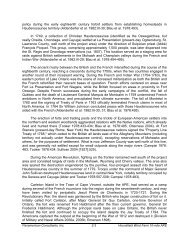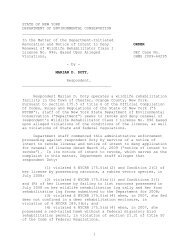PDF Version
PDF Version
PDF Version
You also want an ePaper? Increase the reach of your titles
YUMPU automatically turns print PDFs into web optimized ePapers that Google loves.
18<br />
About the authors:<br />
Stephen Green-Armytage’s previous books,<br />
Extraordinary Pheasants, Extraordinary<br />
Pigeons, and Extraordinary Chickens,<br />
proved that there is much unappreciated<br />
beauty in the natural world around us.<br />
His photographs have appeared in many<br />
other books and magazines including<br />
Sports Illustrated, Life, Fortune, and<br />
The Smithsonian.<br />
Dennis Schrader runs a major greenhouse<br />
on Long Island. A professional<br />
horticulturalist, he is a regular television<br />
guest on Martha Stewart Living, and<br />
frequently seen on Today and HGTV.<br />
Schrader is the author of Hot Plants for<br />
Cool Climates: Gardening with Tropical<br />
Plants in Temperate Zones.<br />
While working on Extraordinary Leaves…<br />
[we] gained a new appreciation for all<br />
leaves, not just the peacocks of the plant<br />
world, but the sparrows as well.<br />
[We] concentrated on leaves that are<br />
beautiful and interesting. The subtle<br />
details, characteristics and intricacies of<br />
simple leaves are indeed astonishing, and<br />
with the addition of some color, a few<br />
well-placed indentations or possibly some<br />
thorns or hairs, a leaf morphs into an<br />
entirely different thing.<br />
extraordinary leaves<br />
New York State Conservationist, June 2009 New York State Conservationist, June 2009<br />
Photos and adapted text copyright Stephen Green-Armytage and Dennis Schrader<br />
—used with permission from Extraordinary Leaves, Firefly Books, Ltd.<br />
White oak (Quercus alba)<br />
19
20<br />
Sassafras (Sassafras albidum)<br />
Eastern Canada and the northeastern United States have become international destinations for leaf tourists due to colorful foliage…When<br />
summer’s end approaches, temperatures start to drop and leaves slowly stop producing chlorophyll…With the chlorophyll gone, the other<br />
pigments—the yellows and oranges that were there but hidden throughout the whole season—are revealed on the leaves. Sometimes pigments<br />
combine and create intense colors like deep orange, burgundy-red and golden-bronze.<br />
New York State Conservationist, June 2009 New York State Conservationist, June 2009<br />
Northern red oak (Quercus rubra)<br />
When it comes to originality, oaks, members of the genus Quercus, are a perfect example of the possible diversity of margins within<br />
a single genus.<br />
Swamp white oak (Quercus bicolor)<br />
21
22<br />
Ostrich fern (Matteuccia struthiopteris) Virginia creeper (Parthenocissus quinquefolia)<br />
Ferns are among the plants that have the most beautiful foliage. Their leaves come in a wide variety of sizes, shapes, and colors—some round,<br />
some delicate as a snowflake, and some even antler-like in appearance.<br />
Bloodroot (Sanguinaria canadensis)<br />
A leaf’s shape, venation and texture can surprise and give [one] a deeper appreciation for the unadulterated, simple beauty of the leaf itself.<br />
New York State Conservationist, June 2009 New York State Conservationist, June 2009<br />
While most leaves grow in a largely three-dimensional space, vines sometimes climb and spread in two dimensions, creating interesting and<br />
attractive designs.<br />
23


